I am new to Hadoop and Hive as well so I can't give you a complete answer.
From what I've read in the book "Hadoop The Definitive Guide" the key difference between Hive and SQL is that Hive (HiveQL) was created with MapReduce in mind. Hive's SQL dialect is supposed to make it easier for people to interact with Hadoop without needing to know a lot about Java (and SQL is well known by data professionals anyway).
As time has went on, Hive has become more compliant to the SQL standard. It blends a mix of MySQL and Oracle's SQL dialects with SQL-92.
The Main Difference
From what I've read, the biggest difference is that RDBMS have schema's that are typically schema on write. This means that data needs to conform to the schema when you load it in the database. In Hive, it uses schema on read because it doesn't verify the data when it is loaded.
Information obtained from Hadoop The Definitive Guide
Really good book and gives a good overview of all the technologies involved.
EDIT:
For external and internal tables, check out this response:
Difference between Hive internal tables and external tables?
Information regarding Sort By and Group By
Sort By:
Hive uses the columns in SORT BY to sort the rows before feeding the rows to a reducer. The sort order will be dependent on the column types. If the column is of numeric type, then the sort order is also in numeric order. If the column is of string type, then the sort order will be lexicographical order.
Difference between Sort By and Order By
(Taken from the link provided maybe this will help with the difference between Group By and Sort By)
Hive supports SORT BY which sorts the data per reducer. The difference between "order by" and "sort by" is that the former guarantees total order in the output while the latter only guarantees ordering of the rows within a reducer. If there are more than one reducer, "sort by" may give partially ordered final results.
Note: It may be confusing as to the difference between SORT BY alone of a single column and CLUSTER BY. The difference is that CLUSTER BY partitions by the field and SORT BY if there are multiple reducers partitions randomly in order to distribute data (and load) uniformly across the reducers.
Basically, the data in each reducer will be sorted according to the order that the user specified.
Group By:
Group By is done using aggregation. It is pretty much done the same as you would normally in any other SQL dialect.
INSERT OVERWRITE TABLE pv_gender_sum
SELECT pv_users.gender, count (DISTINCT pv_users.userid)
FROM pv_users
GROUP BY pv_users.gender;
This query selects pv_users.gender and counts the distinct user_ids from the users table. In order to do count the users in a gender, you would first have to group all the users who are a certain gender together. (Query taken from the group by link below)
https://cwiki.apache.org/confluence/display/Hive/LanguageManual+SortBy
https://cwiki.apache.org/confluence/display/Hive/LanguageManual+GroupBy
Information on Optimizing Hive Performance
http://hortonworks.com/blog/5-ways-make-hive-queries-run-faster/
Optimizing Joins
https://www.facebook.com/notes/facebook-engineering/join-optimization-in-apache-hive/470667928919/
General Hive Performance Tips
https://streever.atlassian.net/wiki/display/HADOOP/Hive+Performance+Tips
Some extra resources
SQL to Hive Cheat Sheet
http://hortonworks.com/wp-content/uploads/downloads/2013/08/Hortonworks.CheatSheet.SQLtoHive.pdf
Hive LIMIT Documentation
https://cwiki.apache.org/confluence/display/Hive/LanguageManual+Select#LanguageManualSelect-LIMITClause
Best of luck in your interview!


